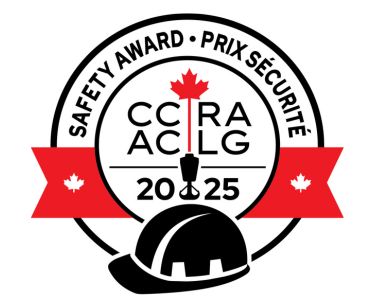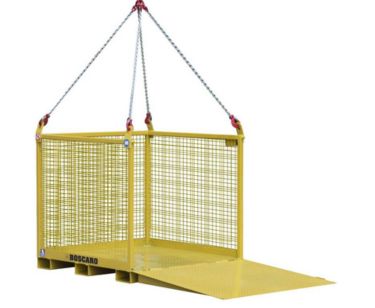Profits and Pressures in Construction
Profit margins in the construction industry are generally small (about three to four percent) and the competition is fierce between rival companies trying to win business. Often, contractors will undercut contracts in order to win bids. The result is enormous pressure to get the job done on time and under budget. Many construction companies have put clauses in their contracts that provide bonuses for finishing a job early, which provides an incentive to finish the work ahead of schedule, leading to periods of intense overtime. Unfortunately, this can leave worker health and safety as a low priority.
The direct costs of injuries can be a substantial burden on employers given the small profit margins in the industry. For example, a $10,000 injury can wipe out the profit margin from a $333,000 job that has only a three percent profit margin.
Investing in Health and Safety
The process of preventing employee injuries and illnesses itself has many components, including the integration of health and safety issues into the management of projects. This requires a “culture shift” in the way workers on construction sites are managed.
The construction industry has come a long way in improving its safety performance — with significant reductions in workplace injuries and fatalities — but despite the progress, the fatalities that occur in the industry are still devastating, and more improvement needs to take place.
The key to achieving healthy and safe working conditions is to plan, control, monitor and review any issues that may occur. Making changes to improve health and safety standards and reduce accidents and ill health can also increase profitability, productivity, recruitment and retention, and quality of work.
Time and thought invested at the start of a project will pay dividends not only in improved health and safety, but also in:
- overall cost reduction, because the structure is designed for safe and easy maintenance and cleaning work, and because key information is available in the health and safety file
- the ability to create more predictable cost-benefit analysis
- better communication and collaboration
- better quality finished product
Final Thoughts
The efforts devoted to planning and managing health and safety should be in proportion to the risks and complexity associated with a project. When deciding what is needed to comply with regulations, the focus should always be on whatever actions are necessary to reduce and manage risks.
By taking an active role in developing a safety and training program, construction owners benefit from reduced costs, faster project turnaround, and better quality of work.
A prepared construction contractor benefits tremendously from this approach, because they understand that safety affects the successful completion of the job, avoids the costs of an accident, and so adds significantly to their bottom-line.
image via: www.alphaconstructionoc.com




